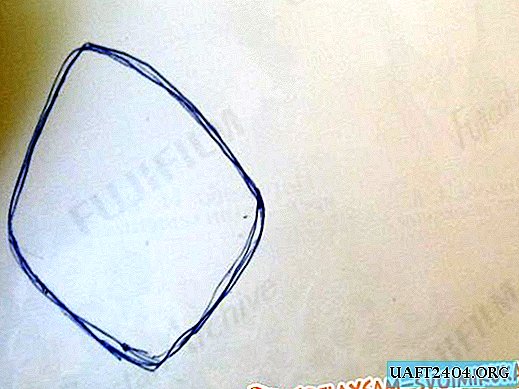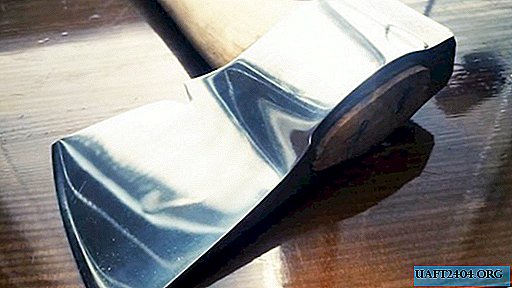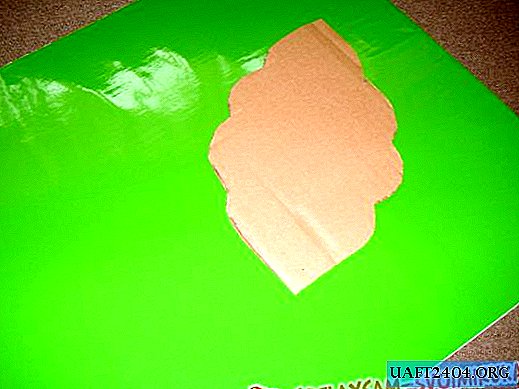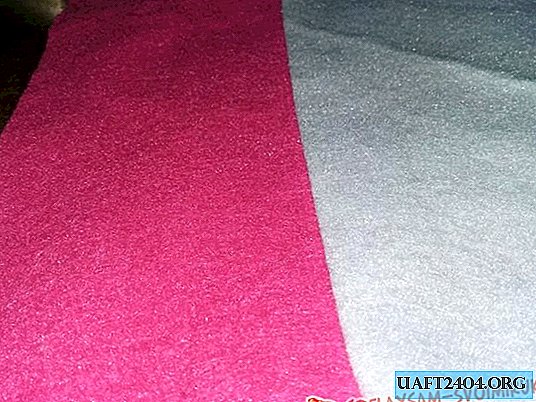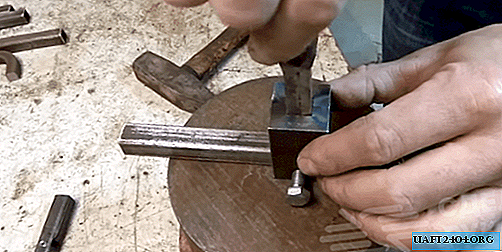Share
Pin
Tweet
Send
Share
Send
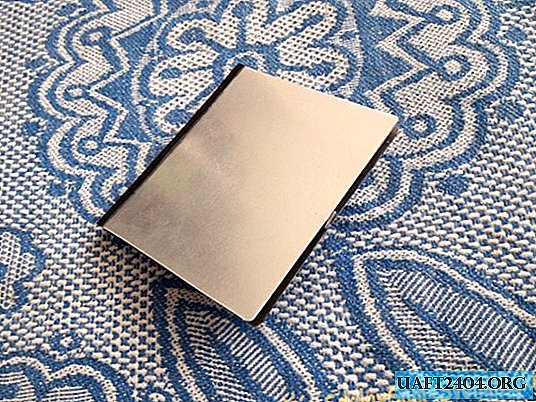
A memory micro-card is a tiny and fragile little thing. It can be lost quite easily. Or, for a long and tedious search in your pocket, where it will clog into some corner. It often happens that despite the considerable amount of memory in modern smartphones, we nevertheless sometimes have to use these additional drives. No matter how much the memory card is installed in the device, or the internal memory of the device itself, sooner or later it will end. Moreover, each smartphone has a good camera - the better the camera, the more memory is occupied by photos and videos taken with its help. And sometimes we sometimes want to listen to our favorite music or watch movies stored on a memory card in good quality. All this also takes up a lot of space! Of course, you can listen to music and watch movies on the Internet, online, but communication is not everywhere. It’s clear in the city that the connection is stable and fast, but what if we went out of town? To some distant recreation center, or fishing?

Not everywhere there is a good and stable Internet. Moreover - elementary cellular communication does not always catch well! So the idea of watching a movie or listening to music online can turn into a torment that can spoil the whole mood, and with it the whole rest! Therefore, I propose to make a small, thin box for storing and transporting micro SD cards, various adapters (adapters), and at the same time SIM cards (signals from different operators, in one device or another, catch better or worse).
Will need
- A small sheet of foam sponge, 3-4 mm thick.
- A sheet of aluminum, 1 mm thick.
- Sheet of thin cardboard.
- Velvet paper or fabric.
- Glue.
- Double adhesive tape.
- Scissors.
- Metal ruler.
- Marker.
- Stationery knife.
- Strip of skin, or skin substitute.
- Two neodymium flat magnets.
Making a box for cards
Having disassembled the broken scanner, I got hold of the basic materials for the manufacture; there was a sponge of suitable thickness, and aluminum, from which the scanner body was worked out. Moreover, the sponge from the scanner was already glued to a sheet of thin cardboard, which reduced my working time ... But I think everyone has such simple materials without a broken scanner in the household. First, cut out the necessary rectangle from the sponge. To do this, carefully and evenly spread on the sponge all the cards and adapters that you want to take with you on the road, thus indicating the approximate area of the workpiece.

We circle each card with a marker, and cut out these marks, not forgetting about the fields (8-10 millimeters), cut out the marked rectangle with scissors (or a square - as you please!).


Next, apply glue to a sheet of cardboard, and glue the rectangle obtained from the sponge to it. Cut off the excess cardboard around the perimeter of the sponge. Using a metal ruler and a clerical knife, we cut out the sections encircled by the marker.

Take out the cut pieces of the sponge. These are the recesses for storing cards, for each individually.

You can make a small recess for the nail on the side of each recess so that it is more convenient to get one or another card, but I think this is superfluous; the sponge itself is not very elastic, so you can get a piece of plastic out of it just by pressing on the edge of the recess. Using double adhesive tape, glue the lining cut out of velvet fabric to the bottom of each recess.


Now let's take care of the hull. We cut out the prepared aluminum sheet according to the template of our blank from sponge and cardboard, but taking into account the fields from the front end - neodymium magnets will be attached to these fields. There are two such aluminum blanks.


Absolutely identical! We coat one of the aluminum blanks with glue, and glue to it (cardboard to aluminum), our cardboard-foam blank.

The second (upper) sheet of aluminum is glued inside with a velvet cloth, leaving the same field for the magnet. After that, it is possible to process the edges and corners of aluminum with zero sandpaper, so that in the future they do not scratch the inside of the pocket.

Next, applying the second aluminum blank on top, with the fabric inward, align the edges as evenly as possible (you can even fix it all with an elastic band!), And glue a strip of leather to both rear ends of the aluminum blanks with second glue.

Along the entire length. The result was a blank like a book, only instead of paper pages inside was a foam filling.

Well, in the end, we stick neodymium magnets on the remaining fields of the aluminum case, which will serve as locks that keep the box closed.

That's done. All the work took about an hour. We put everything in the box for which it was assembled, and use it with pleasure!


Share
Pin
Tweet
Send
Share
Send



